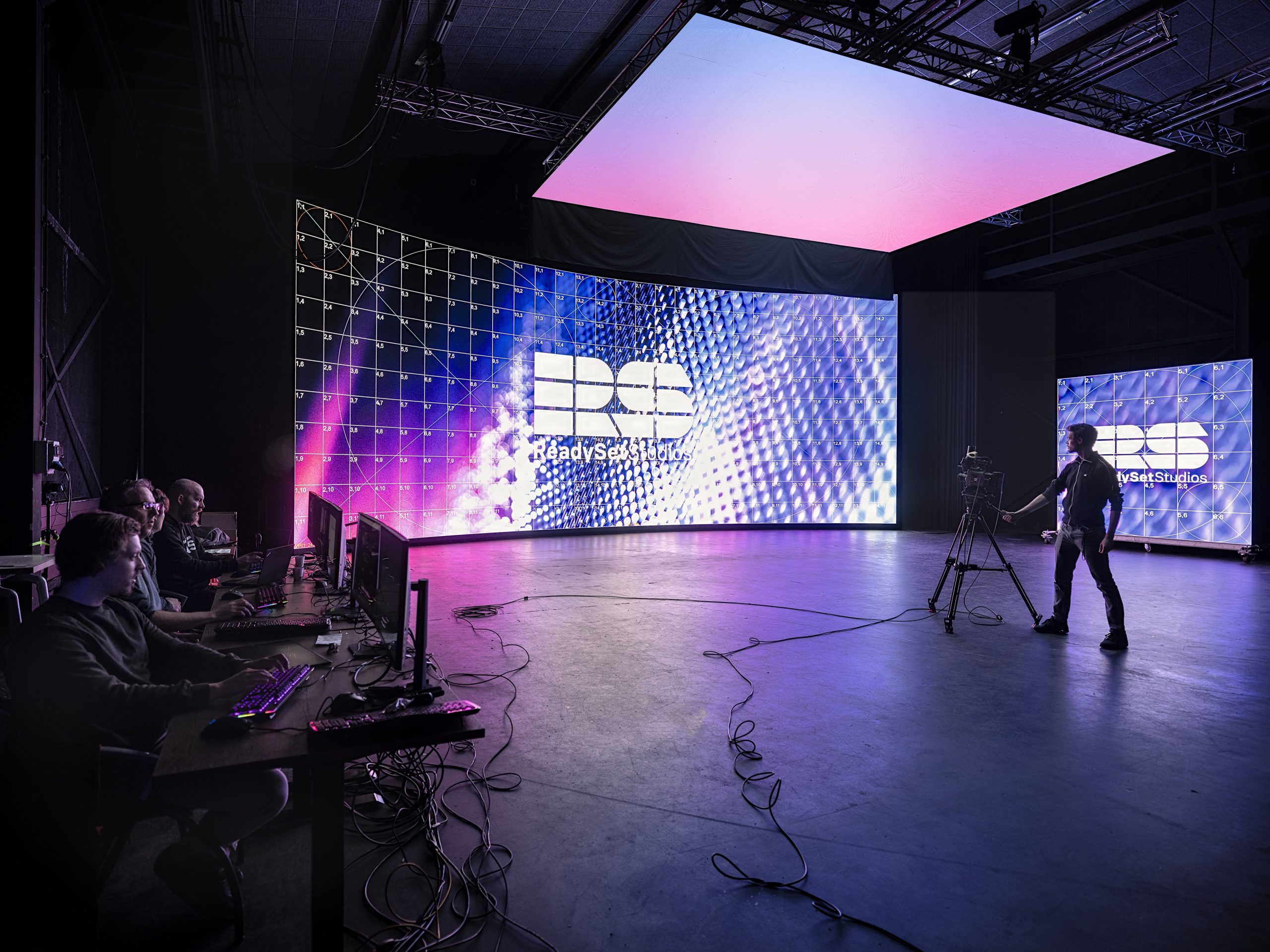Investigating the Key Elements That Affect Color Consistency in Light Emitting Diode Wall Screens for Ideal Visual Output
Investigating the Key Elements That Affect Color Consistency in Light Emitting Diode Wall Screens for Ideal Visual Output
Blog Article
Color uniformity in LED wall panels is crucial for achieving maximum optical output. LED wall panels are commonly used in various environments, including musical events, conferences, and promotional displays. When the colors on these panels are consistent, they create a more captivating and enveloping encounter for audiences. Several critical elements influence color uniformity, including the quality of the light-emitting diode elements, tuning procedures, and surrounding conditions.
The caliber of the LED components plays a significant role in color uniformity. Various types of light-emitting diodes produce light at different frequencies, which can affect the overall hue output. High-quality light-emitting diodes are engineered to generate a more consistent light range, resulting in better hue precision. Additionally, the production process of these LEDs can impact their functionality. Panels made with superior materials and technology tend to have less hue differences, ensuring that the shown pictures and videos look vibrant and true to life.
Tuning is another essential element in preserving color consistency in light-emitting diode wall panels. Calibration involves modifying the configurations of the panel to ensure that the hues shown match the intended appearance. This procedure can include adjusting luminosity, contrast, and hue equilibrium. Regular calibration is essential, especially in settings where lighting conditions vary often. By tuning the panels, specialists can see this page fix any discrepancies in hue result, leading to a more consistent viewing encounter.
Surrounding factors also affect color uniformity in light-emitting diode wall screens. Factors such as ambient light, temperature, and humidity can affect how hues are perceived. For example, bright ambient light can dull hues, making them look more lively. Similarly, extreme temperatures can affect the functionality of the light-emitting diodes, resulting to color shifts. To mitigate these problems, it is crucial to install light-emitting diode wall panels in controlled environments where illumination and temperature can be controlled efficiently.
Lastly, the layout and layout of the LED wall panels can impact color uniformity. The configuration of the screens, as well as the spacing from which they are viewed, can create variations in color perception. When panels are arranged too distant apart or at varied positions, viewers may notice inconsistencies in hue. To achieve the best optical performance, it is crucial to consider the placement and arrangement of the screens during setup. By tackling these factors, users can ensure that their LED wall panels deliver a consistent and superior optical encounter.